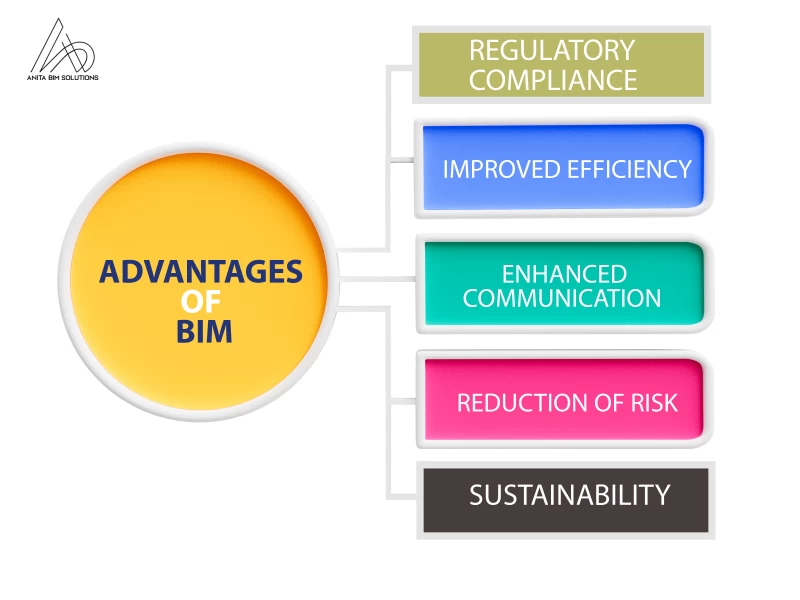

What is Building Information Modeling (BIM)?
Building Information Modeling, commonly known as BIM, is a digital way to show all the details about buildings or infrastructure. In contrast to traditional CAD(Computer-Aided Design) software that focuses on shape, BIM includes lots of information about building parts. This covers things like size, materials used, where things are located, and how to operate and maintain them.
BIM is accessible to whom?

Working with Building Information Modeling (BIM) involves various professionals across different stages of a construction project. BIM typically entails the following roles:
Architects: They can design buildings in three dimensions and add features like lighting and materials to see how everything works together.
Engineers: These experts, which include structural, mechanical, electrical, and plumbing (MEP) engineers, use building information modeling (BIM) to precisely plan and assess building systems.
Construction managers: They oversee the construction of buildings, plan projects, and schedule work using BIM. They can see the construction process and find problems before they start construction.
Contractors: BIM assists contractors with cost estimation, material procurement planning, and scheduling of construction activities. Additionally, it facilitates on-site work coordination with other teams.
Facility Managers: Using BIM, managers may oversee and maintain buildings once construction is complete. They can organize maintenance chores, find equipment, and keep an eye on energy consumption.
Advantages of BIM

Improved Efficiency: BIM streamlines the design and construction process, resulting in more efficient project timelines and reduced project costs.
Enhanced Communication: Clear visualization and shared data foster better collaboration and understanding among project teams.
Reduction of risk: By detecting conflicting designs and performance issues early in the construction process, costly rework is minimized.
Sustainability: BIM supports the design of eco-friendly buildings by allowing energy usage and environmental impact to be analyzed. Regulatory Compliance: BIM assists in making sure that designs adhere to standards and regulations.
Conclusion
Building Information Modeling (BIM) is transforming the construction sector by leveraging comprehensive data to enhance building management and design. Building information modeling (BIM) improves teamwork, boosts accuracy, saves time and money, and facilitates the viewing and understanding of building blueprints. Building information modeling (BIM) technology is poised to become indispensable for upcoming construction projects, spurring innovation and enhancing buildings for posterity.